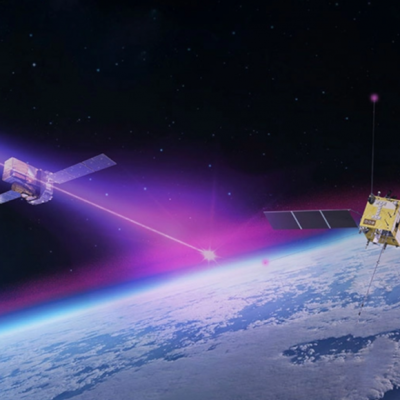In a groundbreaking discovery, researchers at the Max-Planck-Institut für Radioastronomie (MPIfR) have found a new method to aid in the search for extraterrestrial life. According to their publication in Physical Review Research, the isotope Oxygen-18 (O-18) can be an indicator of alien life if it is present in the biosignature of a planet. This isotope is produced during photosynthesis and is created by plants and bacteria on Earth. The researchers discovered that O-18 can be found in high concentrations in the thermosphere, up to 200 kilometers above the Earth’s surface, which could be a key factor in identifying planets with photosynthetic life.
The discovery was made when the researchers measured infrared light from the moon, which showed that the Earth’s thermosphere contains the oxygen isotopes. This finding could revolutionize the search for extraterrestrial life, as it provides a new method for identifying planets with photosynthetic life. In the future, scientists could examine the thermosphere of other planets to determine if they contain high concentrations of O-18, which would indicate the presence of photosynthetic life.
This new discovery comes at a time when the search for extraterrestrial life is gaining momentum. According to a study by scientists at the University of Nottingham, there are 35 other intelligent life forms in the Milky Way galaxy, in addition to humans. While no extraterrestrial life has been discovered yet, new instruments and technologies are being developed to aid in the search. The discovery of O-18 in the thermosphere is a significant step forward in this effort, and could bring us closer to discovering life beyond our planet.
Physical Review Research, doi:










